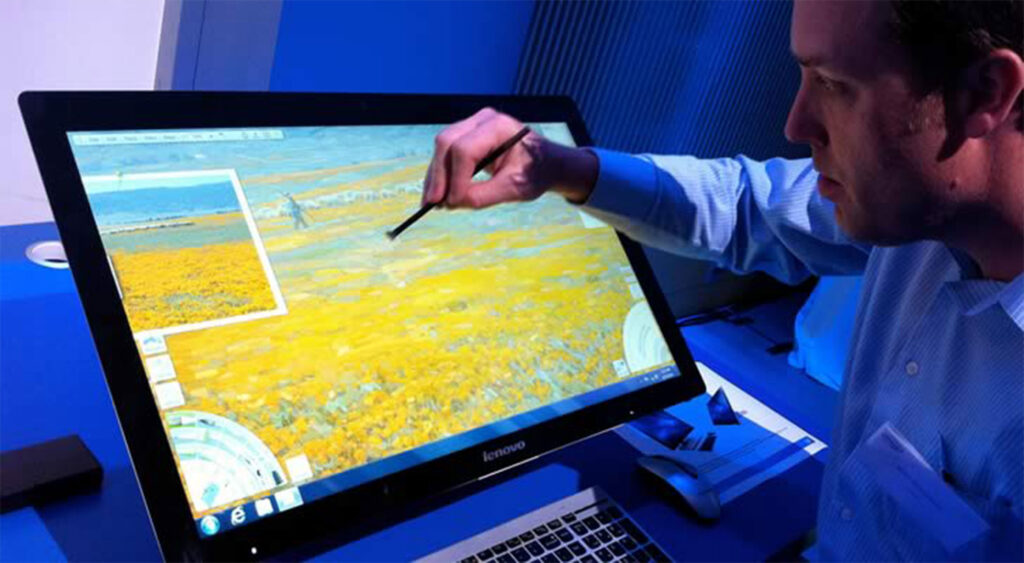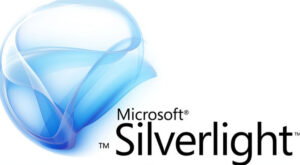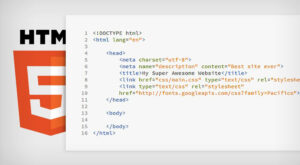
The year 2012 marking a turning point in the world of computing with the proliferation of touch-based technology. Touch computing rapidly gained popularity and transformed the way we interacted with digital devices.
The Emergence of Touch Computing
Prior to 2012, touch computing is not new, but this year witnessed a significant surge in its adoption and innovation. Here are some key developments that contributed to this revolution:
- The Rise of the iPad: Apple’s iPad, introduced in 2010, gained widespread attention and was followed by the iPad 2 in 2011. In 2012, the iPad continued to dominate the tablet market, offering a seamless and intuitive touch interface that appealed to a broad range of users.
- Touchscreen Smartphones: Smartphone manufacturers like Apple, Samsung, and HTC released touch-centric devices that redefined the mobile phone landscape. The iPhone 4S and Samsung Galaxy S3, both released in 2012, featured advanced touchscreens and responsive touch interactions.
- Windows 8 and Metro UI: Microsoft released Windows 8 in 2012, a radical departure from its previous operating systems. Windows 8 introduced the Metro user interface, optimized for touch input, and aimed to bridge the gap between traditional PCs and mobile devices.
- Touch-Enabled Laptops and Desktops: PC manufacturers started integrating touchscreen capabilities into laptops and desktops, offering users a more tactile and interactive computing experience. This move blurred the lines between traditional computers and mobile devices.
Impact on Technology
The touch computing revolution of 2012 is a profound impact on technology, influencing various aspects of the digital world:
- User Experience: Touch computing ushered in a more natural and intuitive way of interacting with digital devices. Users can swipe, pinch, and tap their way through interfaces, making technology more accessible to people of all ages.
- Mobile Apps: The rise of touch-enabled devices fueled the growth of mobile applications. App stores were flooded with touchscreen-optimized apps, ranging from productivity tools to immersive games.
- Evolving Operating Systems: Operating systems adapted to touch computing, leading to more touch-friendly interfaces. This transition is especially evident in mobile operating systems like iOS and Android, which optimized their platforms for touch-based interactions.
- Gaming: Touchscreens made gaming more accessible to a broader audience. Casual games, in particular, thrived on touch-based platforms. Developers tailored their games to take advantage of touch gestures, leading to a surge in mobile gaming.
- Design and Hardware: Touch computing influenced the design of devices, pushing for thinner and lighter form factors. Hardware manufacturers investing in high-resolution displays and capacitive touchscreens to provide better touch responsiveness.
Challenges and Future Prospects
While the touch computing revolution brought significant benefits, it also posed challenges, such as:
- Ergonomics: Extended use of touchscreen devices raised concerns about ergonomics, as users had to hold and interact with their devices differently than traditional keyboards and mice.
- Security: The use of PINs and fingerprint recognition became more critical as touch devices stored sensitive personal information.
- Cross-Platform Compatibility: Developing apps and websites that worked seamlessly across various touch-enabled devices required careful consideration.
Touch computing revolution laid the groundwork for further innovation. As the line between digital and physical worlds continues to blur, the legacy of touch computing remains integral to the ongoing evolution of technology and human-computer interaction.



